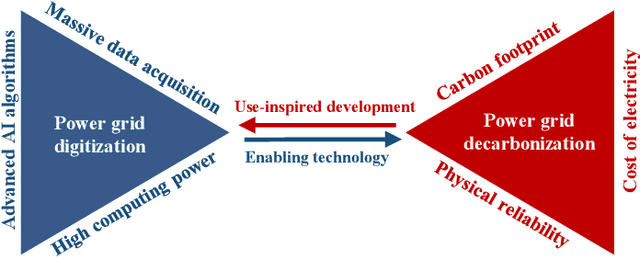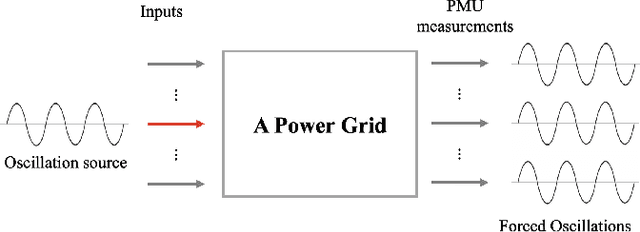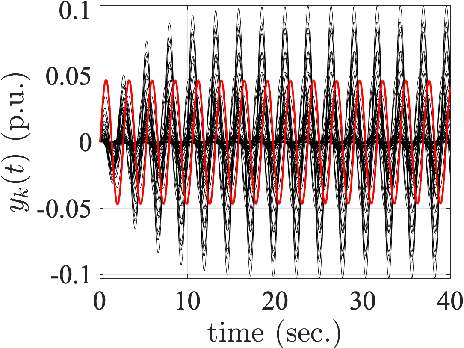Yannan Sun
Massively Digitized Power Grid: Opportunities and Challenges of Use-inspired AI
May 10, 2022



Abstract:This article presents a use-inspired perspective of the opportunities and challenges in a massively digitized power grid. It argues that the intricate interplay of data availability, computing capability, and artificial intelligence (AI) algorithm development are the three key factors driving the adoption of digitized solutions in the power grid. The impact of these three factors on critical functions of power system operation and planning practices are reviewed and illustrated with industrial practice case studies. Open challenges and research opportunities for data, computing, and AI algorithms are articulated within the context of the power industry's tremendous decarbonization efforts.
Tensor-Dictionary Learning with Deep Kruskal-Factor Analysis
Mar 05, 2017



Abstract:A multi-way factor analysis model is introduced for tensor-variate data of any order. Each data item is represented as a (sparse) sum of Kruskal decompositions, a Kruskal-factor analysis (KFA). KFA is nonparametric and can infer both the tensor-rank of each dictionary atom and the number of dictionary atoms. The model is adapted for online learning, which allows dictionary learning on large data sets. After KFA is introduced, the model is extended to a deep convolutional tensor-factor analysis, supervised by a Bayesian SVM. The experiments section demonstrates the improvement of KFA over vectorized approaches (e.g., BPFA), tensor decompositions, and convolutional neural networks (CNN) in multi-way denoising, blind inpainting, and image classification. The improvement in PSNR for the inpainting results over other methods exceeds 1dB in several cases and we achieve state of the art results on Caltech101 image classification.
 Add to Chrome
Add to Chrome Add to Firefox
Add to Firefox Add to Edge
Add to Edge